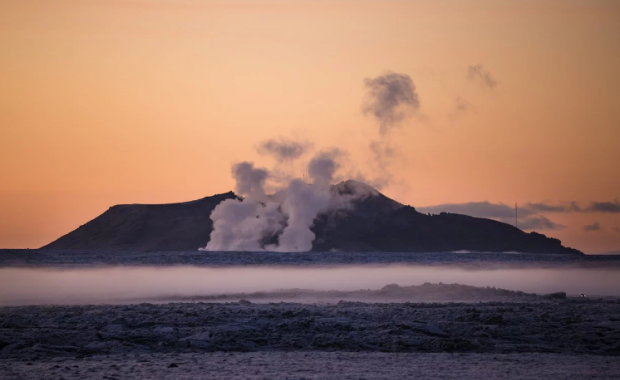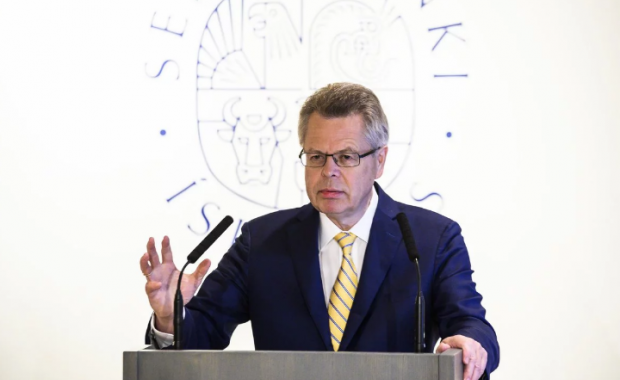The share of foreign nationals of the workforce is set to exceed pre-crash levels in the next couple of years. An expert with the Directorate of Labour tells the local newspaper Fréttablaðið that demand for workers is almost double the natural growth of the labour force, necessitating large scale importation of foreign workers. Foreign workers will soon make up more than 10% of the workforce.
Read more: Labour shortage looming in the tourism and construction industries in Iceland
During the first decade of the century the number of foreign workers increased rapidly, reaching 10% of the total workforce. The number of foreign workers fell rapidly during the economic recession which followed the banking crash of 2008, dropping to 8% as foreign workers, especially in construction, left Iceland in search for work elsewhere. But since 2012 this trend has been reversed as more foreign workers are coming to Iceland to seek employment in the booming tourism and construction industries.
The number of foreign workers began increasing again in 2012, Karl Sigurðsson, with the Directorate of Labour told the local newspaper Fréttablaðið. He points out that the natural growth of the Icelandic labour force cannot meet the needs of the labour market. The labour force only grows by 2-3,000 annually, while 5-6,000 new jobs are being created annually. The difference has to be met by importing workers from abroad.
Read more: Icelandic tourism industry forced to hire thousand foreign workers over the next few years
Karl points out that the demand for foreign labour today is very different from that which drove immigration pre-2008. During the pre-2008 boom years the demand was primarily from the construction industry, and foreign workers were overwhelmingly men. Today the demand is driven by the tourism industry and the foreign workers who are coming are both men and women, Karl argues. The demand for foreign workers will continue, he adds. “We are entering a phase when we can expect to import between two and three thousand workers annually.”
The share of foreign nationals of the workforce is set to exceed pre-crash levels in the next couple of years. An expert with the Directorate of Labour tells the local newspaper Fréttablaðið that demand for workers is almost double the natural growth of the labour force, necessitating large scale importation of foreign workers. Foreign workers will soon make up more than 10% of the workforce.
Read more: Labour shortage looming in the tourism and construction industries in Iceland
During the first decade of the century the number of foreign workers increased rapidly, reaching 10% of the total workforce. The number of foreign workers fell rapidly during the economic recession which followed the banking crash of 2008, dropping to 8% as foreign workers, especially in construction, left Iceland in search for work elsewhere. But since 2012 this trend has been reversed as more foreign workers are coming to Iceland to seek employment in the booming tourism and construction industries.
The number of foreign workers began increasing again in 2012, Karl Sigurðsson, with the Directorate of Labour told the local newspaper Fréttablaðið. He points out that the natural growth of the Icelandic labour force cannot meet the needs of the labour market. The labour force only grows by 2-3,000 annually, while 5-6,000 new jobs are being created annually. The difference has to be met by importing workers from abroad.
Read more: Icelandic tourism industry forced to hire thousand foreign workers over the next few years
Karl points out that the demand for foreign labour today is very different from that which drove immigration pre-2008. During the pre-2008 boom years the demand was primarily from the construction industry, and foreign workers were overwhelmingly men. Today the demand is driven by the tourism industry and the foreign workers who are coming are both men and women, Karl argues. The demand for foreign workers will continue, he adds. “We are entering a phase when we can expect to import between two and three thousand workers annually.”






